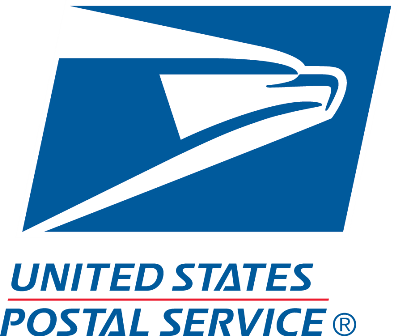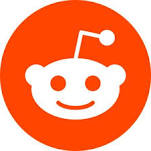How I Started A Boot Brand And Raised $61K With No Paid Advertising
Hello! Who are you and what business did you start?
Hey guys! My name is Matthew Walters and I’m the founder of CODDI™, a boot company based in Chicago. We launched on Kickstarter in January of this year and raised just over 61K, doubling our goal of 30K. After 4 months of building and shipping the boots to the states, we finally launched our website this June.
At the moment, we have 1 boot called the Polaris:

In June, we did 2.5K in sales, July 2K, and August another 2K.
This summer we have only utilized free marketing (Instagram/Facebook/Reddit posts). We have not done any paid advertising yet as we are waiting for fall to hit as that is peak purchasing season for boots.

Download the report and join our email newsletter packed with business ideas and money-making opportunities, backed by real-life case studies.

Download the report and join our email newsletter packed with business ideas and money-making opportunities, backed by real-life case studies.

Download the report and join our email newsletter packed with business ideas and money-making opportunities, backed by real-life case studies.

Download the report and join our email newsletter packed with business ideas and money-making opportunities, backed by real-life case studies.

Download the report and join our email newsletter packed with business ideas and money-making opportunities, backed by real-life case studies.

Download the report and join our email newsletter packed with business ideas and money-making opportunities, backed by real-life case studies.

Download the report and join our email newsletter packed with business ideas and money-making opportunities, backed by real-life case studies.

Download the report and join our email newsletter packed with business ideas and money-making opportunities, backed by real-life case studies.






































